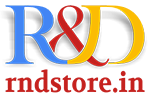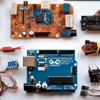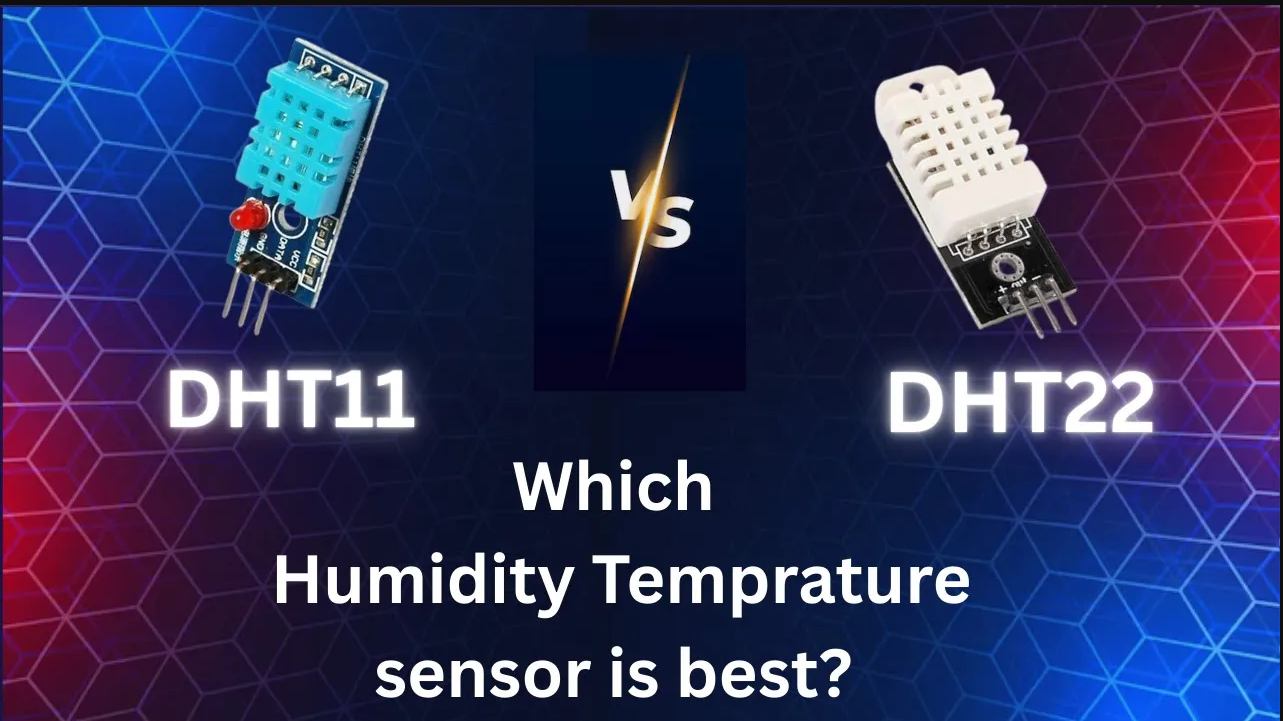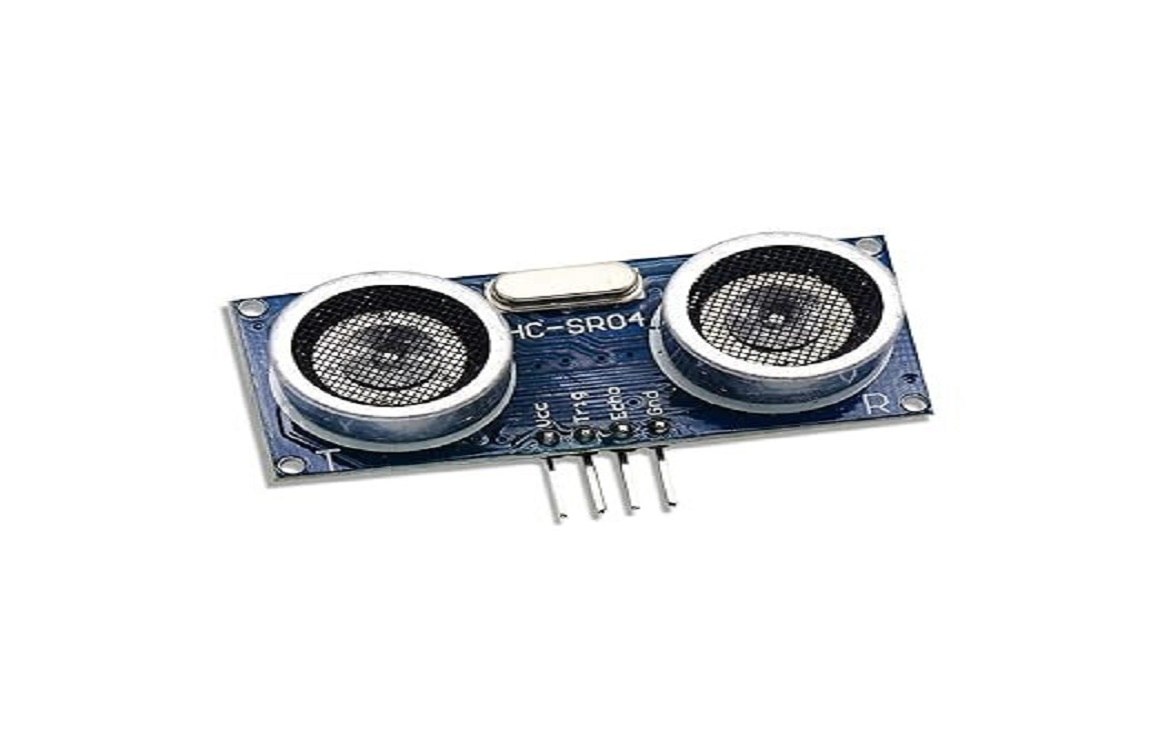
Certainly! Here’s a comprehensive guide to the different types of laser sensors, including their principles of operation, applications, and advantages.
Types of Laser Sensors
1. *Laser Distance Sensors*
– *Principle*: These sensors use laser beams to measure the distance to an object. They often work on the principle of time-of-flight (TOF) or phase shift.
– *Applications*: Used in construction for distance measurement, in robotics for obstacle detection, and in industrial automation.
– *Advantages*: High accuracy and long measurement range, even in challenging environments.
2. *Laser Displacement Sensors*
– *Principle*: These sensors measure the displacement of an object by detecting the change in the reflected laser beam’s position.
– *Applications*: Common in manufacturing for monitoring thickness, height, and surface profile.
– *Advantages*: High precision and sensitivity to small displacements.
3. *Laser Scanners*
– *Principle*: Laser scanners emit laser beams and measure the time it takes for the reflected beams to return, creating a 3D map of the environment.
– *Applications*: Used in topography, construction site monitoring, and autonomous vehicles.
– *Advantages*: Capable of generating detailed spatial data quickly and accurately.
4. *Laser Rangefinders*
– *Principle*: These devices measure distance by sending a laser pulse to a target and calculating the distance based on the time it takes for the reflection to return.
– *Applications*: Widely used in surveying, forestry, and military applications.
– *Advantages*: Compact and portable, offering quick distance measurements.
5. *Laser Vibrometers*
– *Principle*: Measure vibrations by detecting the Doppler shift of a laser beam reflected from a vibrating surface.
– *Applications*: Used in structural health monitoring, machinery diagnostics, and acoustic research.
– *Advantages*: Non-contact measurement, making them ideal for sensitive applications.
6. *Laser-based Speed Sensors*
– *Principle*: These sensors measure the speed of moving objects using the Doppler effect of laser light.
– *Applications*: Used in traffic monitoring, industrial process control, and material handling.
– *Advantages*: Non-invasive and can measure high speeds accurately.
Key Factors to Consider
– *Measurement Range*: Choose a sensor based on the distance you need to measure.
– *Accuracy*: Different applications may require varying levels of precision.
– *Environment*: Consider the operating environment—dust, moisture, and temperature can affect performance.
– *Mounting and Size*: Ensure the sensor fits your application in terms of space and mounting options.
– *Cost*: Balance your budget with the required features and accuracy.
Conclusion
Laser sensors offer a wide range of applications across various industries due to their accuracy, reliability, and versatility. Understanding the different types and their specific use cases can help you select the right sensor for your needs. Whether you’re measuring distance, displacement, or speed, there’s a laser sensor designed to meet your requirements.






Add comment